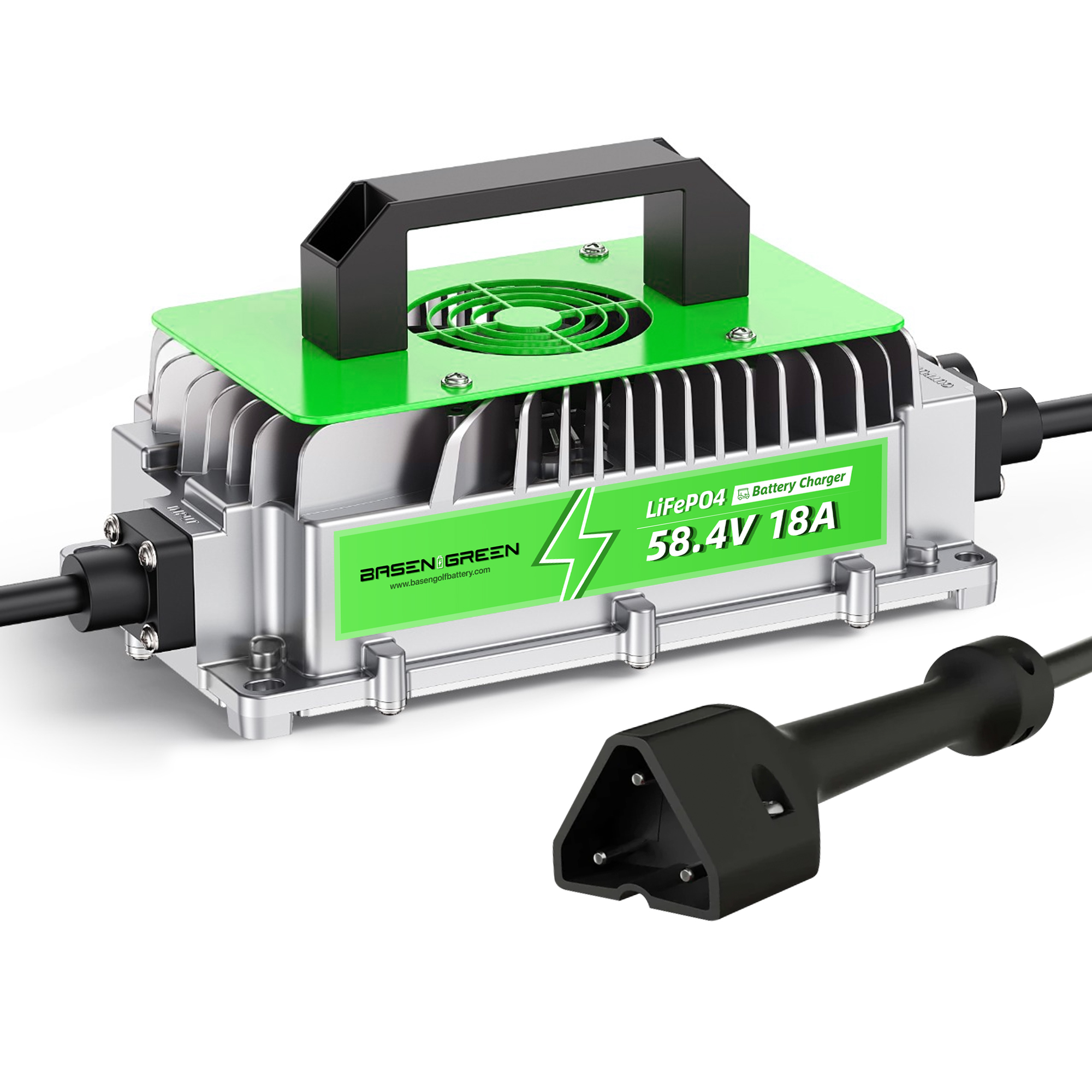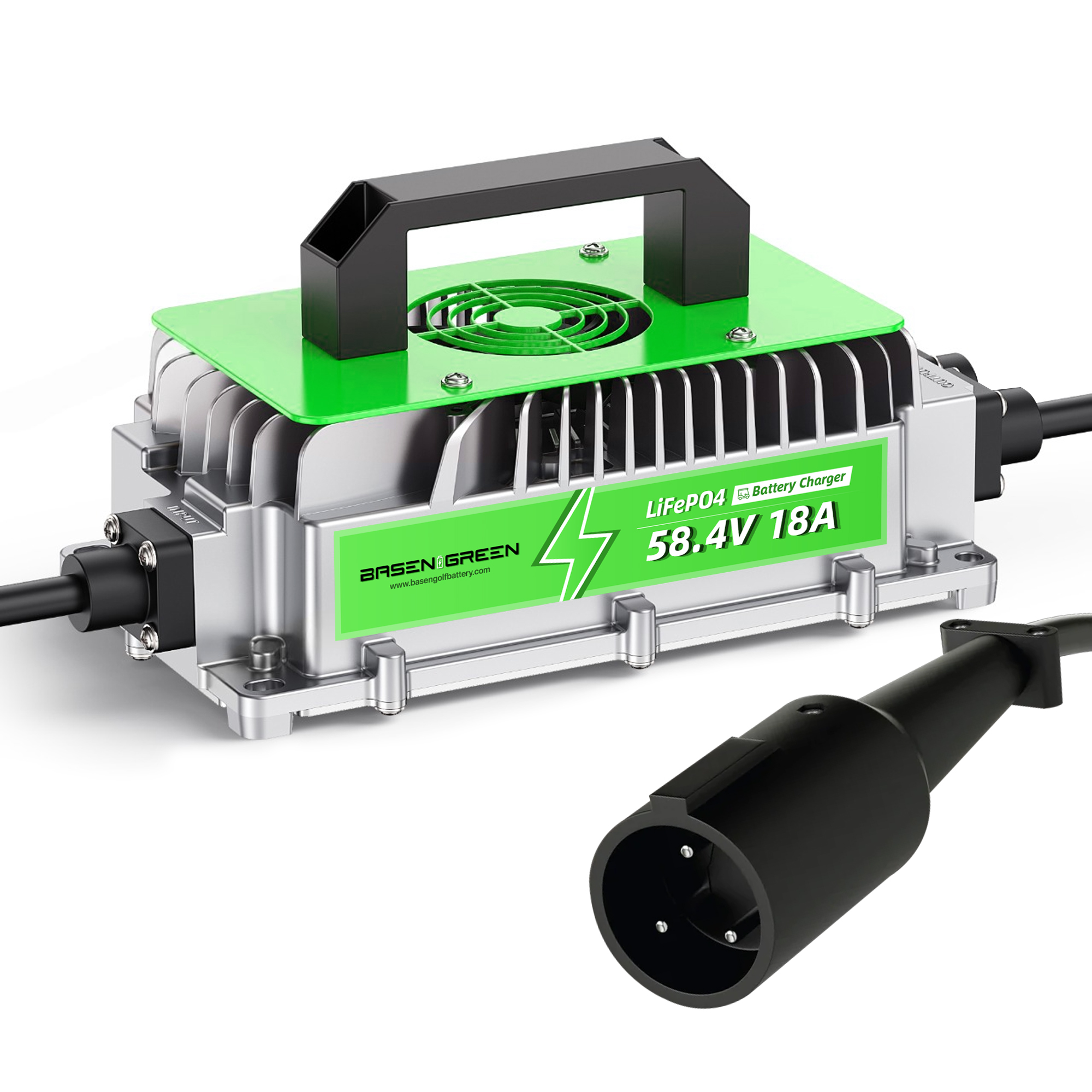Choosing a Charger
Golf Cart Charger Connector Guide
Match your cart’s charging port to the correct connector (E-Z-GO / Yamaha / Club Car) and avoid returns. Follow the three quick steps below.
Step 1 — Identify Your Port Shape




*E-Z-GO ports vary by model/year: many TXT carts use a 3-pin rectangular (PowerWise) port; some RXV or retrofits use a triangular port. Confirm visually before ordering.
Step 2 — Brand & Model Quick Match
| Brand | Common Connector | Typical Models / Notes |
|---|---|---|
| E-Z-GO |
3-pin rectangular (TXT) or 3-pin triangular (some RXV/retrofits) |
TXT / RXV 48V; verify port shape by year. Some retrofits use Anderson SB50. |
| Yamaha | 2-pin round | Drive / Drive2 48V; check the ring and pin spacing on the charge socket. |
| Club Car | 3-pin round (triangular layout) | Precedent / DS / Tempo 48V; some upgrades replace the port with Anderson SB50. |
| Universal / Retrofit | Anderson SB50 | Aftermarket packs, quick-swap leads, shop/service carts. |
Step 3 — Choose the Right Lead on the Product Page
On the 48V Golf Cart Charger page, select the connector option that matches your port: E-Z-GO 3-pin rectangular or triangular, Yamaha 2-pin round, Club Car 3-pin round, or Anderson SB50.
Buying Tips
- Upload a clear photo of your charging port at checkout if unsure.
- Confirm voltage and chemistry (48V lead-acid or lithium) before ordering.
- Adapters exist but add resistance and complexity — prefer native connectors when possible.
FAQ
What if my cart was retrofitted?
Retrofits often use Anderson SB50. If your port is a gray two-blade block, choose the Anderson option.
Can I convert to a different connector?
Yes, with correct gauge and crimping. Follow wiring diagrams and safety practices, and verify polarity before first charge.
Does connector type affect charging speed?
Not directly. Amperage and charger profile matter more. Proper contact reduces heat and voltage drop, improving efficiency.
